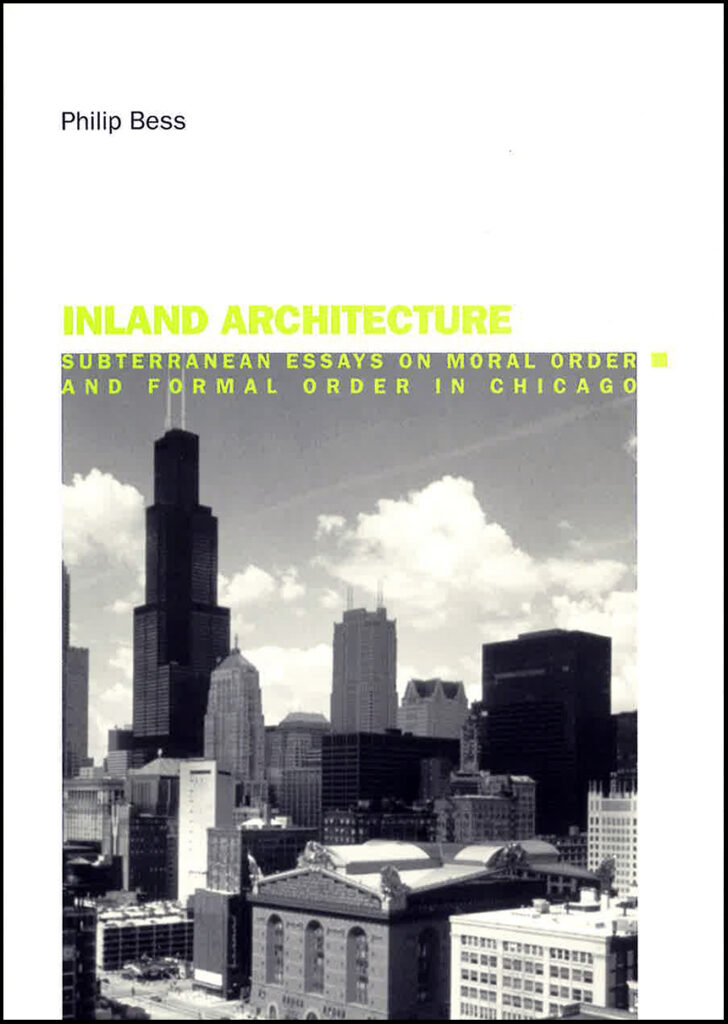Inland Architecture: Subterranean Essays on Moral Order and Formal Order in Chicago
by Philip Bess, with foreword by Howard Decker
Inland Architecture gathers essays representing one portion of Chicago’s architectural discourse from the early-1980s to the early-1990s, guided by the thought that the cultural and architectural issues they raise continue to be germane to Chicago, and perhaps to a wider audience as well. In a fairly straightforward way, the essays are about urban baseball parks and libraries and museums and housing; about architectural education and professional practice; and about architectural criticism and architectural theory. But there are recurring themes other than Chicago that tie these essays together, among them that architecture is properly understood as an aesthetically, programmatically, and symbolically complex discipline; that architecture is best thought about in relationship to cities; that cities are best thought about in terms of ideas about the good life for human beings; and that the good life for human beings entails individual freedom, communal belonging, aesthetic and moral sensibility, a certain playfulness, and a transcendent dimension.
What the critics say about Inland Architecture:
Philip Bess stands out amongst modern architecture critics as a brilliant if solitary defender of a common sense approach, explaining in clear language the metaphysical foundations of good building and urbanism. It is not blind will-to-power or obtuse market forces, he convincingly demonstrates, that build or destroy our cities and lives, but good or bad ideas.
–Leon Krier, architect and city planner, author Architecture: Choice or Fate
Philip Bess’s rigorous and amiable intellect ranges from Vitruvius to the infield fly rule, with stops along the way to visit Saint Thomas Aquinas, Alberti, Max Weber, and Daniel Burnham. His demolition of the currently reigning celebrity frauds of Post-modernism is alone worth the price of admission. A pleasure to read and a real oasis of intelligence in the desert of contemporary architectural commentary.
–James Howard Kunstler, author The Geography of Nowhere and Home from Nowhere
